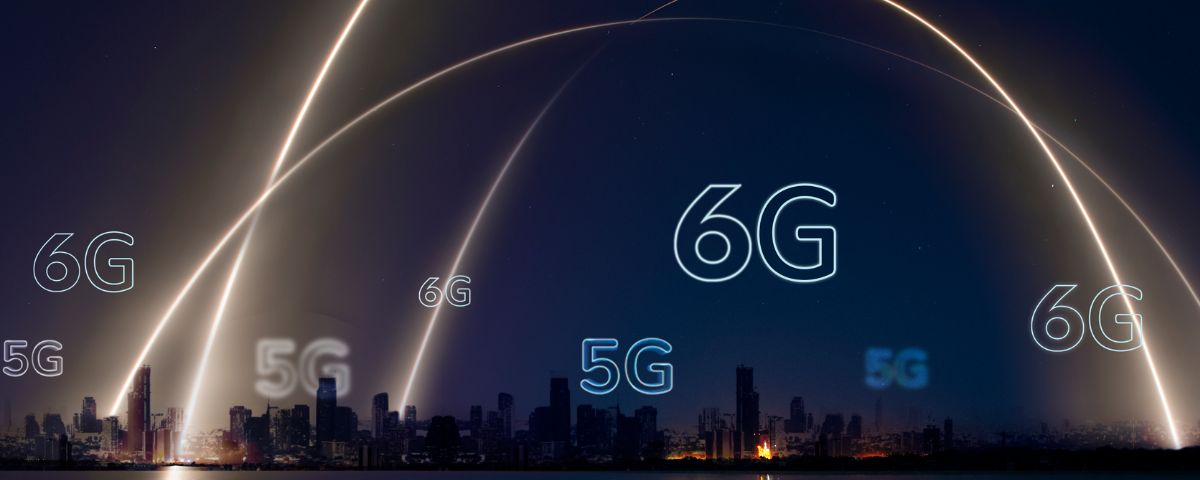
The telecom industry has called on the government to allocate additional airwaves to facilitate the seamless delivery of 5G and 6G services. According to SP Kochhar, the director-general of the Cellular Operators Association of India (COAI), each telecom operator requires around 2 GHz in the mid-band for 5G/6G use by 2030. The preferred spectrum for 5G and 6G is the mid-band, and while the c-band (3.3-4.2 GHz) is suitable, a substantial portion is presently used by defense and other purposes. As a result, there is a push to utilize the entire 6 GHz spectrum for international mobile telecommunication (IMT) or mobility.
Kochhar emphasized that the 6 GHz spectrum is well-suited for 5G/6G, sharing similar characteristics with the 5G spectrum auctioned in the 3.3 GHz band last year. Airwaves ranging from 1 GHz to 6 GHz fall under the mid-band category. Currently, the 2.4 GHz and 5 GHz frequencies are delicensed for WiFi usage, while identification for the 6 GHz band is underway. Telecom companies advocate for auctioning this band for their 5G/6G needs, while the tech industry seeks delicensing for WiFi usage.
Telecom companies argue that if the band or a certain quantum of it is delicensed, it could adversely impact their connectivity needs, especially as 5G matures and 6G is deployed. Kochhar suggested that with carrier aggregation, the same set of frequencies could be utilized for 5G/6G, and allocating the 6 GHz band for IMT would provide ample airwaves for telcos to meet their requirements. COAI highlighted the vast potential in the available mid-band spectrum in the 6 GHz band (5925-7125 MHz), with 1,200 MHz of spectrum, for the commercial success and deployment of 5G and 6G in the future.
These calls for additional spectrum allocation come amid the ongoing ITU World Radiocommunication Conference 2023 (WRC-23) in Dubai, which may determine the identification of a certain quantum for 6 GHz usage. The technology industry cites examples like the US, where a portion of the 6 GHz spectrum is delicensed for WiFi, but Kochhar dismissed the comparison, noting the differences in spectrum allocation between the two countries. In the US, the entire c-band is allocated for 5G, unlike in India, where a portion of the band is used by defense forces and broadcasters.



